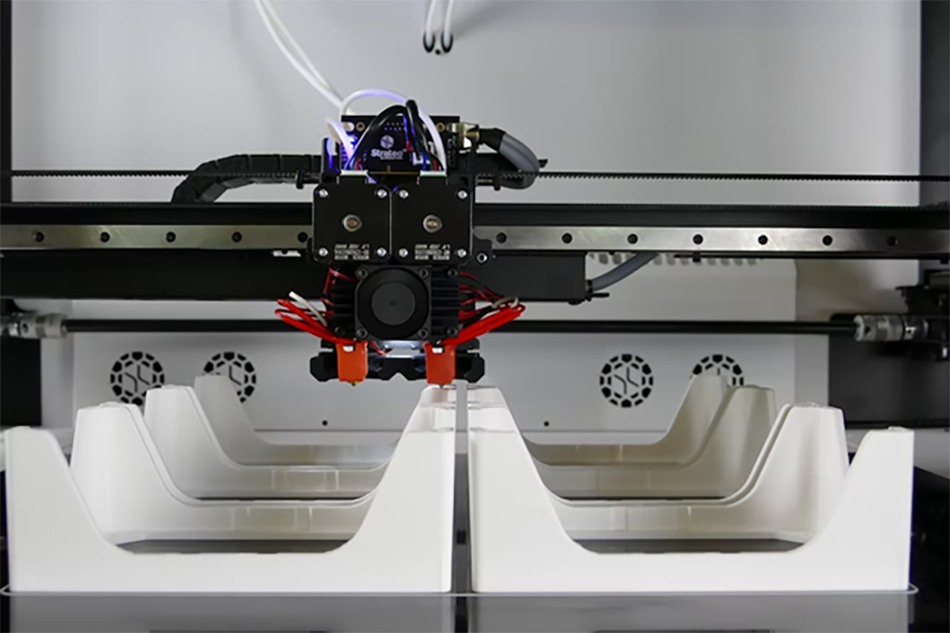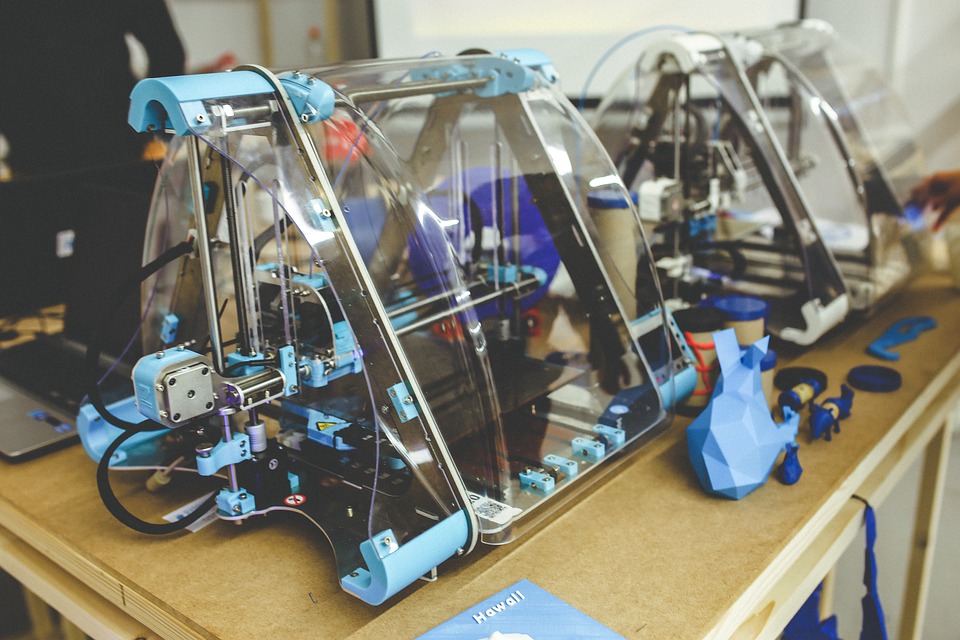3D-Printing Organs: The Next Frontier in Transplantation
What if healthcare providers no longer have to search for donors and worry about the patient’s body rejecting the organ because they can print them from the person’s cells instead? Some believe this could happen within a decade because of 3D-printed organs. As its name implies, organ bioprinting refers to the utilization of 3D–printing technology to construct various cell types, biomaterials, and growth factors to produce organs, ideally imitating their counterparts naturally.
This regenerative medicine approach might still be in its infancy, but the innovation continues to be driven forward due to human needs. After all, there are over a hundred thousand people in dire need of an organ transplant in the US alone. And with the use of this technology, experts believe that more patients will have access to the organs they need.
How does it work?
The process of bioprinting typically begins with the cells of the patients, taking a biopsy of the organ, or performing minimally invasive procedures involving the removal of a piece of their tissue. With it, they can tease the cells apart and grow them outside their bodies. The expansion happens within sterile bioreactors or incubators—pressurized vessels made of stainless steel material that allows the cells to remain fed with the necessary nutrients to survive.
Afterward, they mix the cells with bio-ink, a synthetic or natural polymer chosen for biocompatible components, enabling them to differentiate and proliferate. Moreover, it mimics the body’s extracellular matrix, making it possible for the production of the non-cellular portion samples of this glue in a lab. The biomaterials that are used must be biodegradable, biocompatible, and nontoxic to ensure that negative immune responses are avoided.
The process of printing
From there, medical practitioners can load every bio-ink into the printing chamber, depending on the number of cell types they’re looking to produce. Producing tissues that possess personalized properties can be done by programming the imaging data of the patients via scans or x-rays. Similar to color printers, where every cartridge generates different colors, bioprinting utilizes cells instead of inks to achieve the intended outcome.
The time it takes to complete the printing will depend on a few factors, including but not necessarily limited to the tissue or organ sample, printheads required, and the resolution’s fineness. However, it will likely last a few hours and may take four to six weeks from biopsy to implantation. But the real challenge lies in ensuring that the organs are able to function the way they should. But once they figure it out, it could be revolutionary technology for the healthcare industry.
Challenges ahead
Despite the advancements in this field, experts remain conservative with their estimates regarding the time it will take before functional bio-printed organs can be built from the ground up and successfully implanted. However, they remain optimistic that it’s only a matter of time until the right technologies are developed to turn this concept into a reality—especially since a 3D-printed ear has been made—and make it possible to create, and transplant needed organs immediately.


